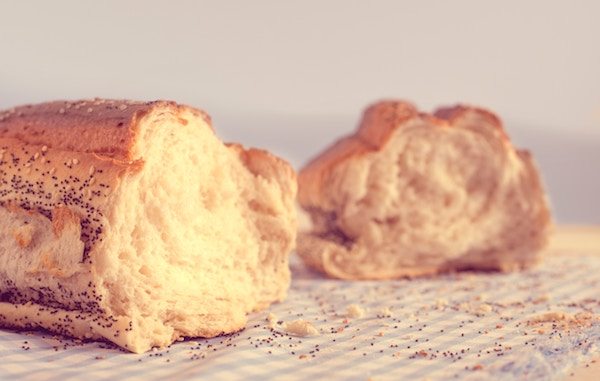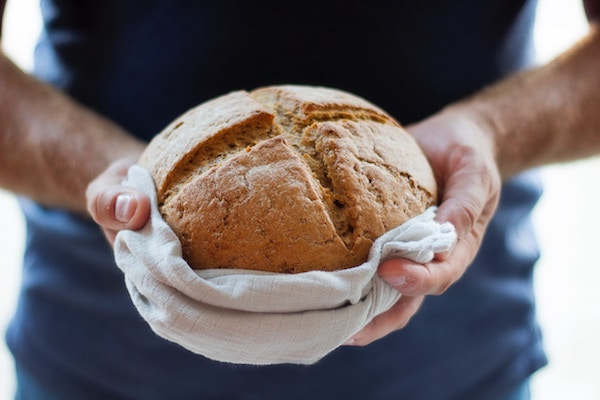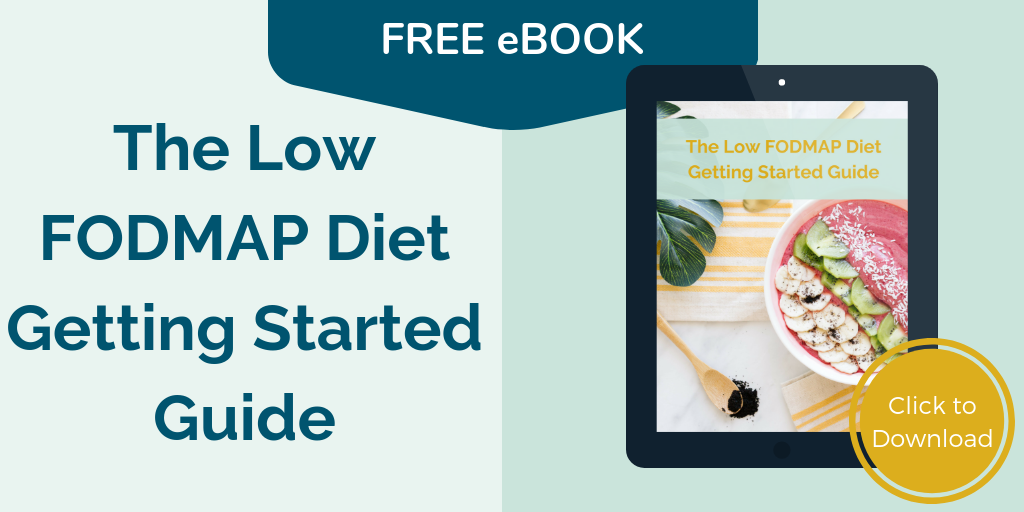What Bread Can You Eat If You Have IBS?
Low FODMAP Bread Brands
Some of the most common questions I get asked as a digestive health dietitian are about what foods to include and which ones to avoid to reduce IBS symptoms.
While I specialize in using the Low FODMAP diet to help my clients achieve IBS symptom relief, it’s not a one-size-fits all approach. There are many other strategies I use as an extra layer on top of avoiding high FODMAP foods to get you feeling more like yourself again.
I truly believe in an individualized approach to your digestive health. I’ve seen time and time again how people can be triggered by different foods that don’t always fit into the high and low FODMAP categories. So when I get questions like, “Should I avoid bread if I have IBS?”, my answer is almost always “It depends” 😉
I don’t want you to have to avoid any foods if at all possible. What I would love is for you to be able to enjoy a wide variety of foods and not feel restricted or deprived because of your IBS. Getting to this place may take some time, but it is well worth investing that time and effort into yourself and your health, my friend, and I’m here to support you through that journey.
The first step if you’re looking to improve irritable bowel syndrome (IBS) or another digestive disorder or disease, is to understand more about the Low FODMAP diet and if it can help. Download my free eBook to help you better understand this diet and get started implementing simple steps to get rid of symptoms like gas, bloating, pain, diarrhea or constipation related to IBS. Click here to get a copy emailed to you right away.
How to Identify your IBS Food Triggers
The first step in getting some more clarity to your questions about what foods to avoid to improve your digestive health is to clearly identify your food triggers. It’s easy to make up your mind that bread and dairy are completely off limits because every time you consume them you seem to experience symptoms. While it may be the case that you are sensitive to these foods, the timing of your symptoms can sometimes be misleading and hard to pinpoint. That’s why it’s so important to go through that first step of clearly identifying your triggers.
If you want to learn more about how you can identify your trigger foods, I guide you through the step-by-step process in my FREE class: Identify Your Triggers.
Elimination Diet for IBS: The Low FODMAP Diet
After you’ve identified your triggers, you’ll be better able to answer the question of what bread you might be able to tolerate and if you really need to be avoiding it altogether. The way you do this is by working through an elimination diet, such as the Low FODMAP diet.
The way the Low FODMAP diet works is you start by eliminating all foods that are high in fermentable sugars (download the Monash App to help you along) for 4-6 weeks, or until you become symptom-free. Then, you start adding foods back in, one at a time, to see which ones cause you to start experiencing symptoms again. Dietary triggers are much easier to clearly identify when you’re not already experiencing symptoms.
Once you start reintroducing foods, you can try half a slice of regular wheat bread. You may find that your body tolerates this well. If so, you can slowly increase this amount to one or even two slices as long as you are still feeling good, but I wouldn’t recommend consuming any more than two slices of bread per day. If it turns out that you can’t tolerate regular wheat bread, it may be time to consider some Low FODMAP bread options.

Bread for IBS Sufferers: Gluten-free or Low FODMAP?
The first thing I want to mention about gluten-free versus Low FODMAP is that I usually recommend that my clients talk to their doctor about getting screened for Celiac disease. It’s not necessary to avoid gluten or seek out gluten-free products on the Low FODMAP diet. But, if you have Celiac disease, the treatment will involve a strict gluten-free diet. Although Celiac disease doesn’t affect a large portion of the population, the symptoms of Celiac disease can overlap quite a bit with IBS. It’s best to get checked so your health care providers can provide you with the best recommendations and treatment.
Because the sugar in wheat is highly fermentable (high FODMAP), many people think that gluten-free breads should be low FODMAP since they are not made with wheat. This is not the case! Many gluten-free grains, flours, and other ingredients that are used to make gluten-free breads are actually high in FODMAPs, so it’s often the case that gluten-free products are not Low FODMAP and may be triggering your symptoms.
The good news is that there are some certified Low FODMAP bread products becoming available so you can enjoy the convenience of store-bought breads for all your morning toast and lunchtime sandwich needs!
Bakers Delight Low FODMAP Bread
Bakers Delight is an Australian company that specializes in baked goods. They have created a certified Low FODMAP bread called the Wholegrain Lo Fo Loaf. The Lo Fo Loaf is not a gluten-free bread since it is wheat based, but they were able to remove enough of the fermentable sugars in the bread for FODMAP Friendly to certify the product as Low FODMAP! The loaf contains wheat starch, oat bran, sorghum and seeds (sesame, flax seed and poppy seed), meaning it’s not only good-for-your-gut, but high in protein (10 g for 2 slices!!) and fibre too. Their products are available in over 700 locations including the USA, Canada, and New Zealand.
Schar Low FODMAP Pizza Base
Schar is an Italian food company that specializes in gluten-free foods. As mentioned above, not all gluten-free foods are safe for a low FODMAP diet, but one of Schar’s products looks to be an exception! Monash has recently certified Schar gluten free pizza base as low in FODMAPs! Their pizza base is made with corn starch, potato starch and rice flour, making it wheat, lactose, milk, egg, and preservative-free.
Processed Foods and IBS
As convenient as store-bought packaged bread may be, it’s still considered a processed food. I often recommend to my clients that they should limit these types of processed and packaged foods to no more than once per day. So this means you should be choosing to either have toast at breakfast OR a sandwich at lunch, ideally not both 😉 I really love having oatmeal for breakfast and saving my daily bread for either lunch or dinner, but it’s all up to your personal preference! I also find that a fresh baked sourdough loaf works much better for me than commercially produced sandwich bread, so it may be worth checking out what your local bakery has to offer fresh from the oven as an alternative!
As exciting as it is that IBS sufferers are gaining lots of new food products available to them on store shelves, it’s important not to rely too heavily on these convenience foods. Even if these processed and packaged foods are made with Low FODMAP or gluten-free ingredients, they may still trigger symptoms in some people due to the additives and preservatives that are often found in these foods to make them shelf-stable. The best approach for digestive health is to focus on whole, real, fresh ingredients, and foods that don’t trigger your individual symptoms.
Wishing you much love & wellness,
Stephanie


